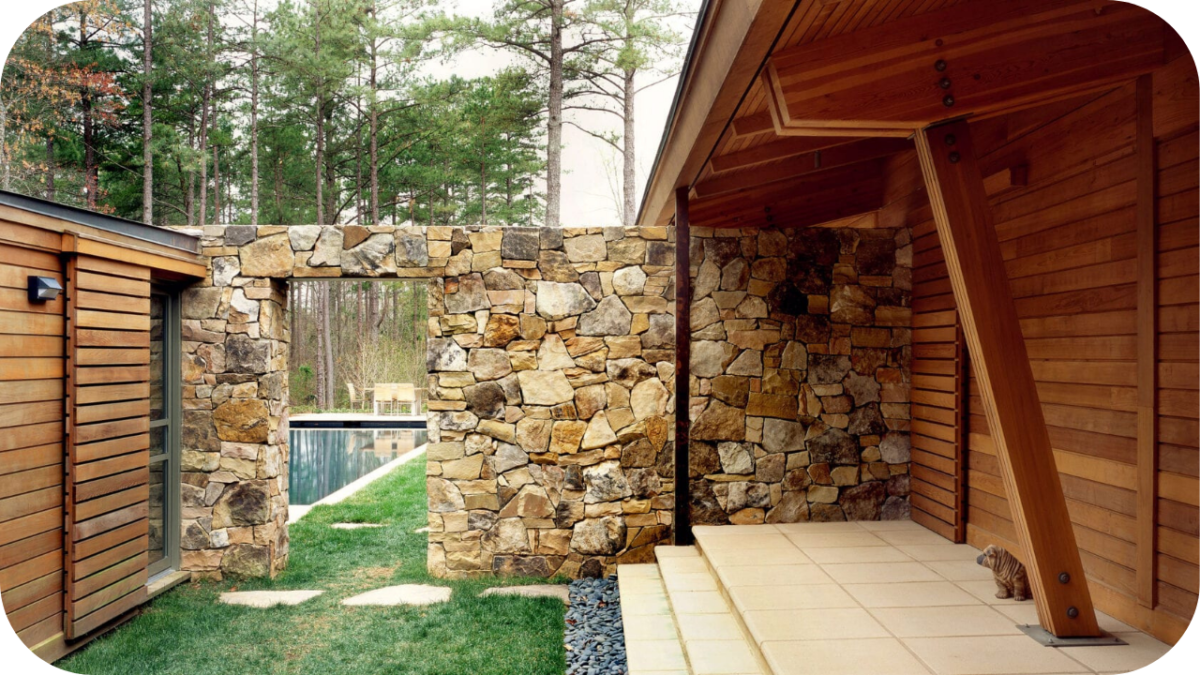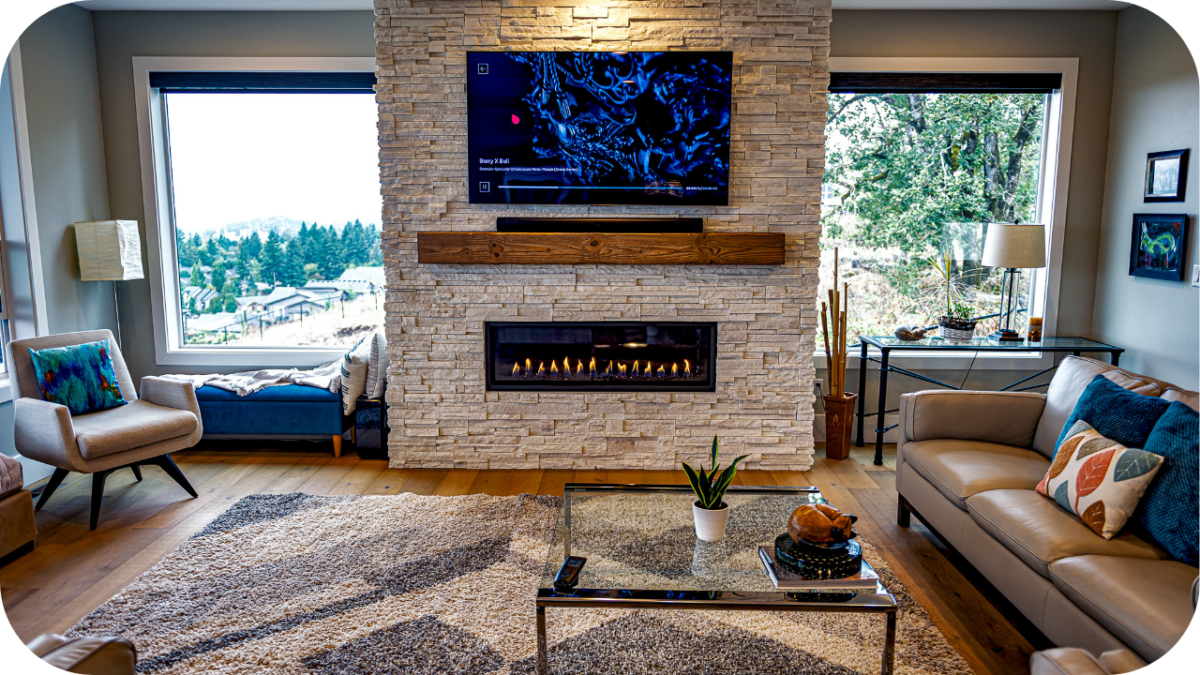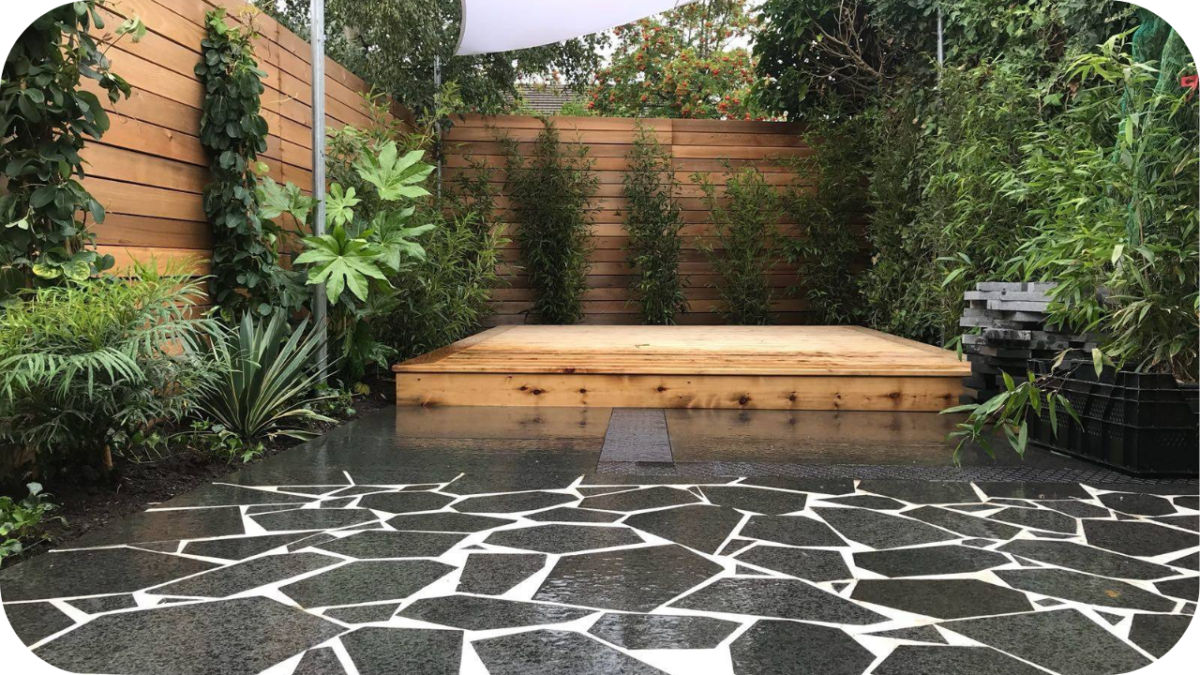Best Natural Stone Colours to Elevate Outdoor Spaces
Colour is one of the most powerful design tools you can use when shaping your outdoor space. From the stone underfoot to the cladding on your walls, the right hue can make an area feel warmer, brighter, more expansive, or more refined.
Natural stone offers a timeless look with long-lasting durability, but it is the colour that truly sets the tone.
Whether you are creating a backyard retreat, a bold entertaining area, or a tranquil garden, here is how to choose the best natural stone colour to elevate your outdoor space.
Why Colour Matters in Outdoor Stone Design
The colour of your outdoor stone does more than catch the eye; it influences comfort, style, and how the space is used. Let’s find out why:
- Impacts Spatial Perception: Lighter stone colours like ivory and beige can make small outdoor areas feel more open and expansive.
- Influences Temperature Underfoot: Pale tones reflect sunlight and stay cooler, making them ideal for pool surrounds and sun-drenched patios. Darker stones like basalt and slate absorb heat, which can be beneficial in cooler climates or shaded spaces.
- Affects Mood and Atmosphere: Warm neutrals (e.g. sandstone, honey gold) create a welcoming, relaxed vibe. Cool greys and whites feel clean, calm, and modern. Deep tones like charcoal or black evoke elegance and depth.
- Helps Manage Maintenance: Mid-grey or variegated stones disguise dirt, leaves, and stains better than lighter or darker extremes, ideal for high-traffic areas.
- Reflects and Supports Lifestyle: The colour you choose should match how you use your space, from entertaining to everyday relaxation.
- Ties Together Architecture and Nature: Stone colour should complement your home’s exterior, surrounding greenery, and existing materials for a cohesive look.
- Responds to Natural Light: Always test samples in your actual space at different times of day to see how they react to light and shadow.
Top Natural Colours That Can Elevate Your Outdoor Spaces
Bring your garden to life with these natural stone colours that add warmth, contrast, and timeless charm to any outdoor space:
1. Light Tones: Elegant and Expansive
Light-toned stones bring an airy, elegant feel to outdoor areas. They reflect more sunlight, helping to keep patios and pool surrounds cooler during summer.
Choosing the right finish and colour can completely transform your space, this guide to limestone walling textures and tones offers practical tips to help you get it right:
Cream or soft beige tones also look stunning next to greenery, adding brightness without overpowering the natural beauty of your garden. Light natural stone is a top contender if you are after a clean, timeless look.
2. Warm Neutrals: Natural and Inviting
Warm-toned stones offer a natural, grounded look that blends effortlessly with Australian landscapes. Their earthy tones work beautifully with timber accents, terracotta pots, and leafy gardens.
Charlotte Sandstone, which comes in various colours, in particular adds a subtle glow under sunlight, making spaces feel warm and welcoming. Honey gold and buff travertine bring softness and charm, especially in relaxed, rustic designs.
These colours are great for creating spaces that feel casual yet curated. Think sun-drenched patios, stone steps winding through a garden, or softly textured retaining walls that never look out of place.
3. Greys and Charcoals: Contemporary and Bold
Greys are fast becoming a staple in outdoor design thanks to their modern appeal and versatile nature. Whether you choose light silver or deep charcoal, these tones deliver a sleek, sophisticated look that complements almost any setting.
Bluestone is particularly popular for pathways and courtyards, as it retains its colour and wears beautifully over time.
Charcoal slate can also be used to create contrast with white or timber elements, while granite offers a clean finish that resists marks and stains. For homes with contemporary architecture, grey-toned stone brings balance and boldness.
4. Dark Tones: Dramatic and Sophisticated
If you are after drama and depth, dark stone is your go to. These colours are perfect for creating strong visual contrasts, especially in minimalist or industrial inspired landscapes.
Midnight granite around a pool, black slate for garden edging, or basalt in a fire pit zone instantly gives the space a polished, high end feel. Dark stone also makes vibrant greenery, water features, and lighting stand out.
It adds layers of texture and visual interest. Though these tones absorb more heat, they are excellent in shaded areas or where visual impact takes precedence.
5. Veined and Textured Stones for Extra Character
Not all colour variation is about bold hues. Sometimes, it is the pattern that makes the impact. Veined and textured stones offer unique personality. From the elegant streaks in marble to the raw edge of split face finishes, these details add depth and dimension.
Tumbled travertine, for instance, gives a weathered charm perfect for traditional gardens or Tuscan inspired terraces.
These stones are best used where they can be appreciated up close, such as feature walls, vertical cladding, or steps leading to focal areas. They work beautifully with neutral or warm tones and help avoid a flat or overly uniform look.
How to Choose the Right Stone Colour for Your Space
Choosing the best colour for your outdoor stone comes down to several key factors:
- Matches Your Home’s Exterior: The stone should complement your home’s facade, roof, and existing materials. Light colours suit modern, white rendered homes, while warm neutrals pair better with timber or brickwork.
- Responds to Sun Orientation: Pale colours work best in full sun as they reflect heat and reduce surface temperature. Darker tones absorb warmth and are better suited to shaded courtyards or southern aspects.
- Complements Outdoor Styling: Choose stone colours that match or contrast with your furniture, decking, and pots. For example, charcoal stone looks striking with matte black frames, while beige pairs well with woven or timber finishes.
- Reflects Garden Design Themes: Greys and cool tones suit structured or contemporary landscapes, while golden or earthy tones blend well with native or cottage gardens.
- Handles Foot Traffic and Dirt Visibility: Mid-toned or textured stones help disguise dirt, leaves, and scuff marks, making them perfect for high-traffic paths and family zones.
- Varies with Surface Texture: Smooth, honed finishes intensify colour and are best for sleek, modern designs. Textured finishes like tumbled or split face can soften the appearance and improve slip resistance.
- Reacts to Changing Light: Stone colour will shift throughout the day based on sun angles and cloud cover. Always test a sample outdoors in morning and afternoon light for true appearance.
- Responds to Moisture and Weathering: Wet stone often darkens, so test how your selected colour looks when exposed to rain, dew, or pool water. Some colours reveal more character when damp.
- Maintains Visual Longevity: Choose tones that won’t date quickly. Neutral and organic colours tend to remain stylish and blend with evolving outdoor furniture trends and planting schemes.
- Feels Right to You: Design rules help guide choices, but instinct matters, too. Choose a stone that feels harmonious with your space and lifestyle.
Ready to Transform Your Outdoors?
Natural stone elevates your landscape; it tells a story through colour, texture, and timeless beauty. Whether you’re laying a path, framing your pool, or designing a feature wall, the right stone colour makes all the difference. Choose with intention, test in natural light, and let your outdoor space reflect your style.
Need help finding the perfect shade? Get inspired and shop for premium natural stone at Splendour in Stone, where design meets durability.





